
CRUISING UTOPIA – Wells Chandler
Although a trained painter, Wells Chandler creates his fantastical visions using patchwork and crochet. He sews and crochets because that’s what seems most natural to him. Contrary to the idea of the isolated artist, he takes his work out of the studio to create alongside those he loves. All he has to do is get out his balls of wool, find a place to sit, and start creating in the midst of the collective, inside everyday life.
Initially taking inspiration from the kitsch of Norman Rockwell, the multi-coloured installations of Pepón Osorio, and the anti-cultural ideas associated with art brut, Wells Chandler has been careful to cultivate his own “artistic family”. More importantly still, as a trans artist he wants to connect intimately with the history of art, to be included, to find his place within the great scenes that knocked him head over heels, to form a community. To that end he takes models and injects them with his own language, stretches histories, extends the imagination.
The rest is about instinct and visions. Thus, emerge clearly the motifs of his utopia: sock-penises, banana-mouths, and extra-human bodies.
Wells Chandler is neither a creator nor a destroyer of worlds. In truth, he makes worlds emerge that could have existed, that do not yet exist, potential worlds, forever germinating, that are prevented from coming to pass.
His worlds are queer, making them radically joyous. They respond to the need to quit a “here and now” that hasn’t been built for us, and to seek an “elsewhere and after”[1] that’s welcoming. Each of his exhibitions offers exploratory breakthroughs into Queertopia, a place on the side, gentle and psychedelic.
There, our expectations and habits are shaken and turned upside-down, but then everything quickly becomes clear. For some of us, this abode of the strange is more familiar to us than the world it disturbs. Our dormant imaginations are rewritten there and flourish through the freest forms. Fantasies that once were shameful, naïve or disturbing are rehabilitated here. Naked, we explore our sexuality; ecstatic, we dance; we assume all the forms we desire, the most extravagant ones, the most unthinkable.
A grave-digger of undead worlds, Wells Chandler exhumes other worlds that have always been there. The pieces of Queertopia transform the space – in many ways an excluding space – of the gallery and are embodied as veritable queeratopias, a concept coined by researcher Alexandra Picheta. queeratopies, concept forgé par la chercheuse Alexandra Picheta. Queeratopia upends the heterotopia of Michel Foucault, and is a real place that, against the odds, manages to evade the social norms in force: queer replaces hetero, utopia gives way to atopy, an epidermic reaction to an allergen. “What if queer acted like an allergen, by shaking up the heterocispatriarchal organism?” [2]. Thanks to Wells Chandler, from New York to Brussels to Paris, the queer utopian itch is spreading.
Here in Brussels, it’s a matter of leaving the ordinary behind, turning your back on the normal. The exhibition takes its name from the book by José Esteban Muñoz, Cruising Utopia, published in 2009 in English and recently – belatedly – translated into French. In it, the Cuban-American researcher develops his concept of a queer utopia in constant elaboration, a kind of permanent future. The present is cis-hetero and thus unsatisfying, rigid and straight. It fails to fully accommodate our joyously twisted and overflowing identities, to give them space to flourish. The present is insufficient because it promises only its own reproduction for the future. That makes it lethal to seek to be satisfied with it. In contrast, queerness is a faraway galaxy full of promise, but it continues to elude us. The queer utopia is not and may never be, it’s a prospective planet, but it’s vital to seek it at all times, to be there already. It’s by moving towards a different future – one that’s nourished by all our stories – that we can escape the present that locks us in.
In the hunt for queerness, art is no frivolous adornment; it is an essential tool. It makes that utopia tangible and visible. It maps out the heavens to guide us there. In elaborating that other world, Wells Chandler adopts the methodology proposed by Muñoz. Driven by a queer unconscious and by the vestiges of a common memory hidden who knows where inside us, the artist allows his instinct to guide him, mixes forms and colours, combines together all references without hierarchy. “Feeling becomes evidentiary” [3], dreams and routine commingle to devise the figures of a universe to be brought into being.
It’s not unknown lands that Wells Chandler presents, but wish-landscapes [4]. Weightless, our bodies float and bounce. Here, a mushroom head has sprouted and the stars are daisies. Ecstatically, we send ourselves into the air. Some turtles fly off too, because they’ve mutated with the kites and flower propellors that carry them off. We envy them their metamorphoses. Beneath our feet are nebulae, explosions, horizons. It’s all unstable, and yet it’s the landscape where we want to settle.
The circle formed by the lesbian lovers, a circle of mothers and sisters, is an (ir)reverence to Matisse’s La Danse. The fauvist Matisse back then sought to offer a utopic, ambiguous and joyous vision, except that he projected harmony and purity into it, making it a horizon of pleasure to be targeted by the men of the present. Wells Chandler, for his part, makes it a quirky and queer community that has been dancing for a long time. All we had to do was to open our eyes to see that on another planet we had been dancing already for thousands of years.
Samy Lagrange
[1] MUÑOZ, José Esteban, Cruiser l’utopie. L’après et ailleurs de l’advenir queer [2009] (trad. Alice Wanbergue), Paris, Éditions Brooks, 2021.
[2] PICHETA, Alexandra, « Queeratopies : contaminer l’hétéronorme et renouer avec le vivant » in COHEN, J., LAGRANGE, S., TURBIAU, A. (dir.), Esthétiques du désordre. Vers une autre pensée de l’utopie, Paris, Le Cavalier bleu, 2022.
[3] LEBOVICI, Elisabeth, “Préface” in MUÑOZ, J. E., Cruiser l’utopie. L’après et ailleurs de l’advenir queer [2009] (trad. Alice Wanbergue), Paris, Éd. Brooks, 2021, p. 15.
[4] BLOCH, Ernst, The Utopian Function of Art and Literature, Cambridge, MIT Press, 1989, pp. 71-79.
MORE INFORMATIONS:
// Press Kit
// Wells Chandler
// Cruising Utopia (04/20-07/15/2023 | Brussels)
// See also: Feminist Bird Club Presents: Luncheon on My Ass (05/13-07/22/2023 | Paris)
Category:
Exhibitions
Wells Chandler, exhibition view Cruising Utopia, Galerie Eric Mouchet, Brussels, 2023 © Hugard & Vanoverschelde
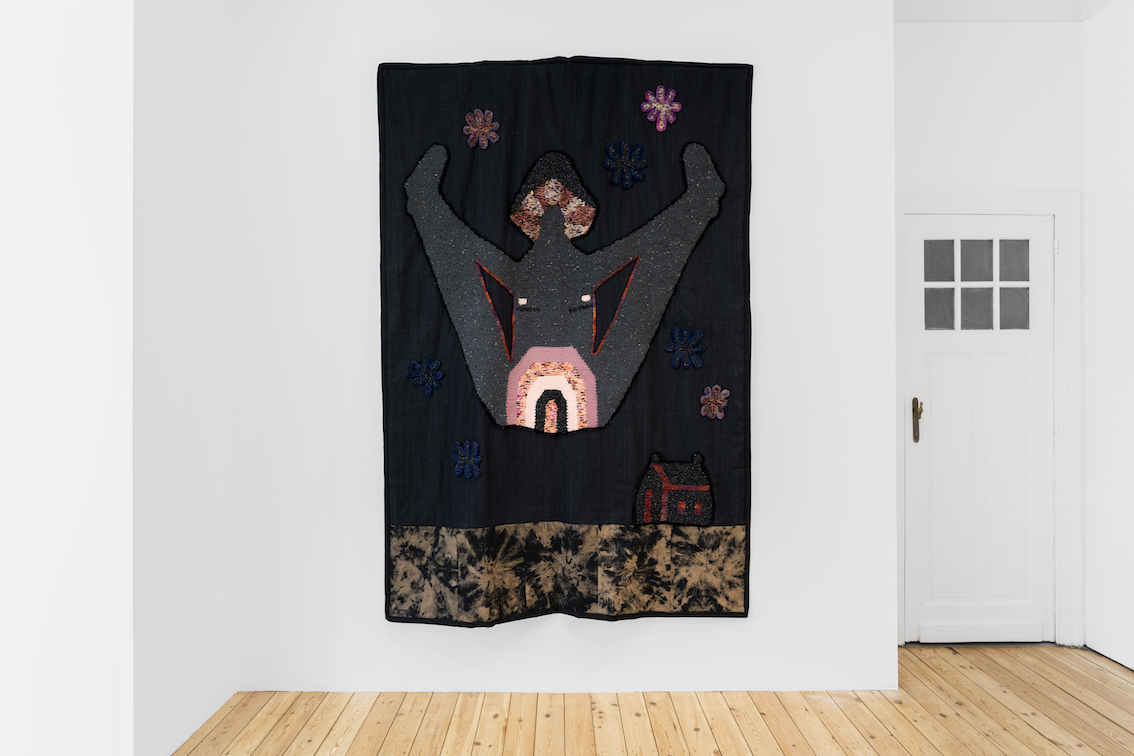
Wells Chandler, exhibition view Cruising Utopia, Galerie Eric Mouchet, Brussels, 2023 © Hugard & Vanoverschelde
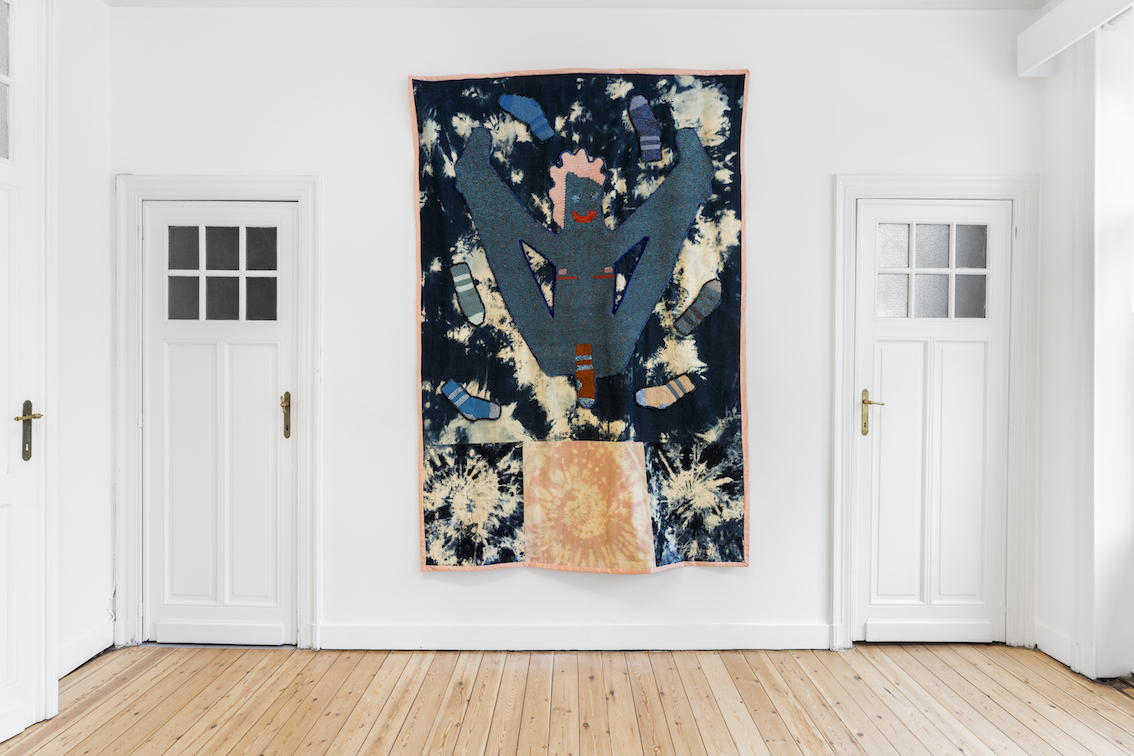
Wells Chandler, exhibition view Cruising Utopia, Galerie Eric Mouchet, Brussels, 2023 © Hugard & Vanoverschelde
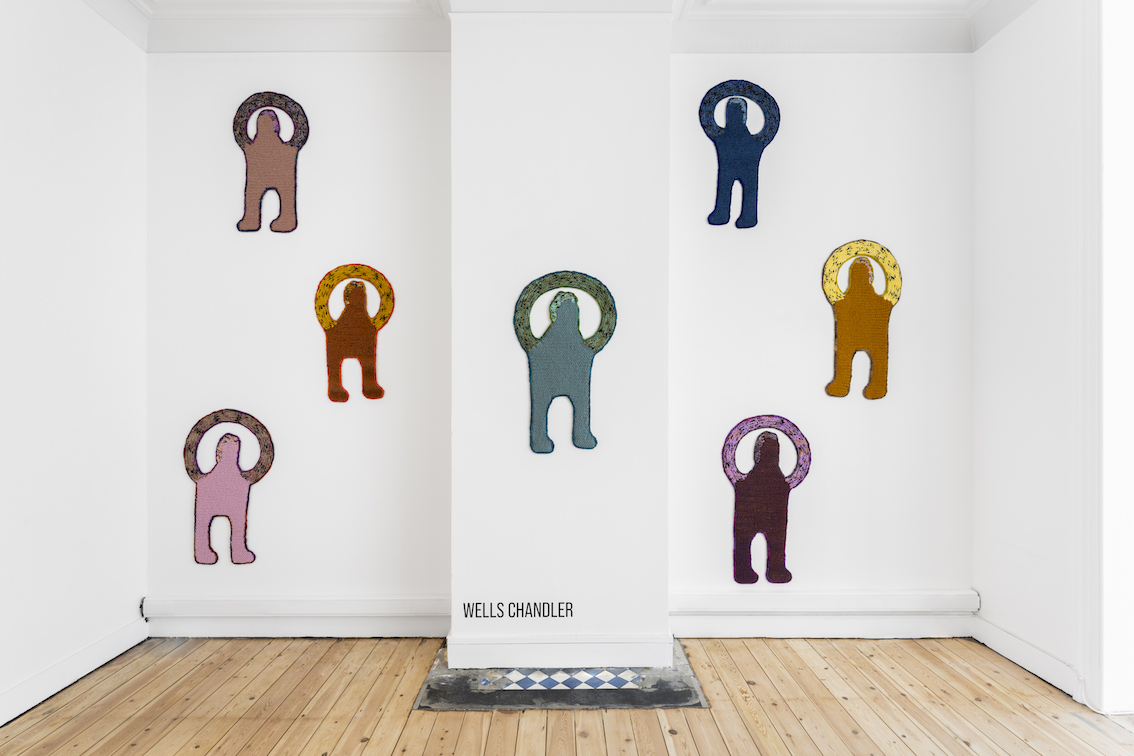
Wells Chandler, exhibition view Cruising Utopia, Galerie Eric Mouchet, Brussels, 2023 © Hugard & Vanoverschelde
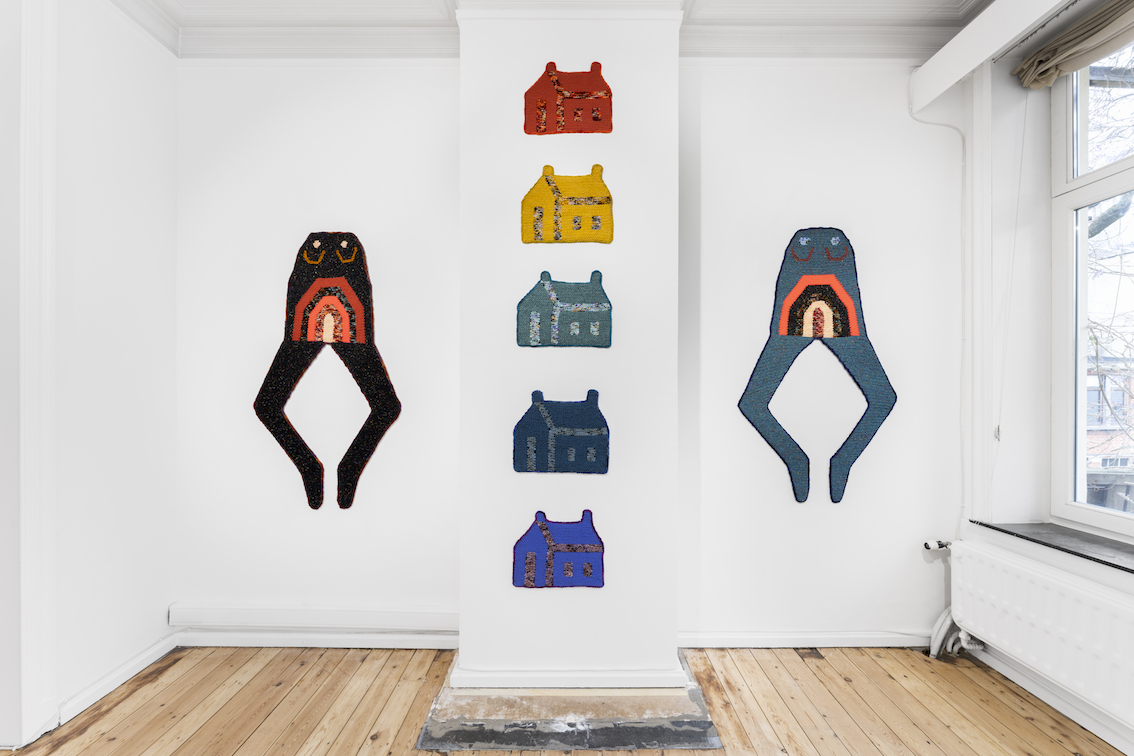
Wells Chandler, exhibition view Cruising Utopia, Galerie Eric Mouchet, Brussels, 2023 © Hugard & Vanoverschelde
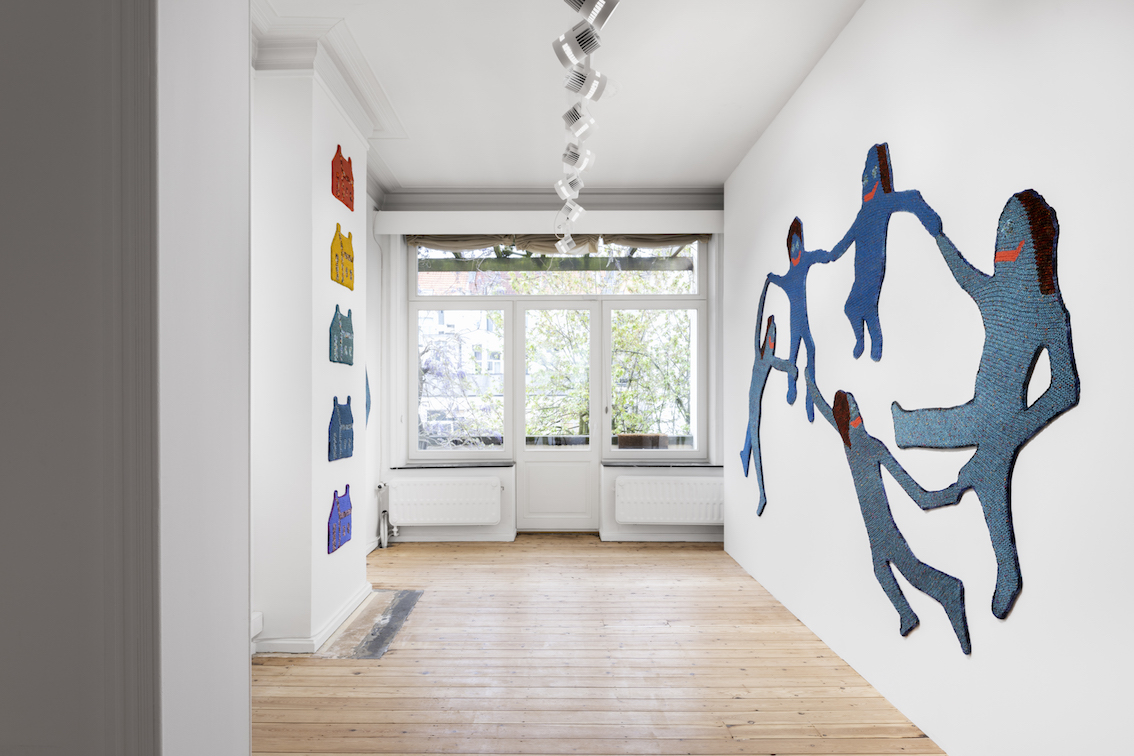
Wells Chandler, exhibition view Cruising Utopia, Galerie Eric Mouchet, Brussels, 2023 © Hugard & Vanoverschelde
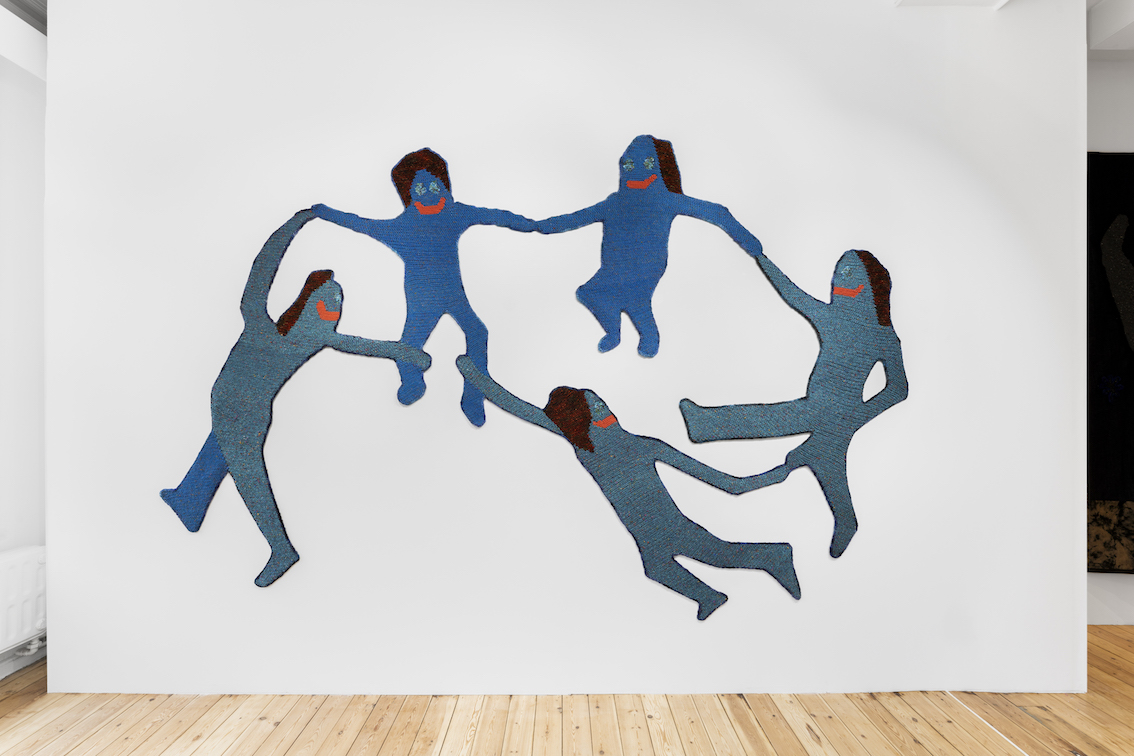
Wells Chandler, exhibition view Cruising Utopia, Galerie Eric Mouchet, Brussels, 2023 © Hugard & Vanoverschelde
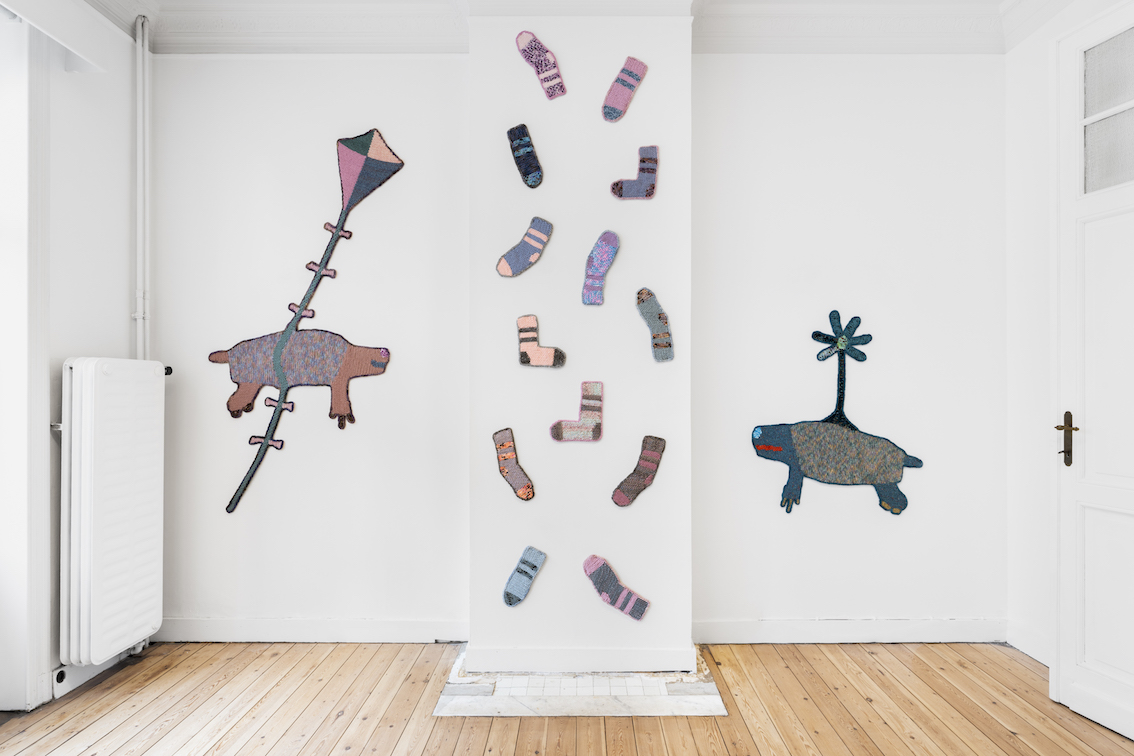
Wells Chandler, exhibition view Cruising Utopia, Galerie Eric Mouchet, Brussels, 2023 © Hugard & Vanoverschelde


